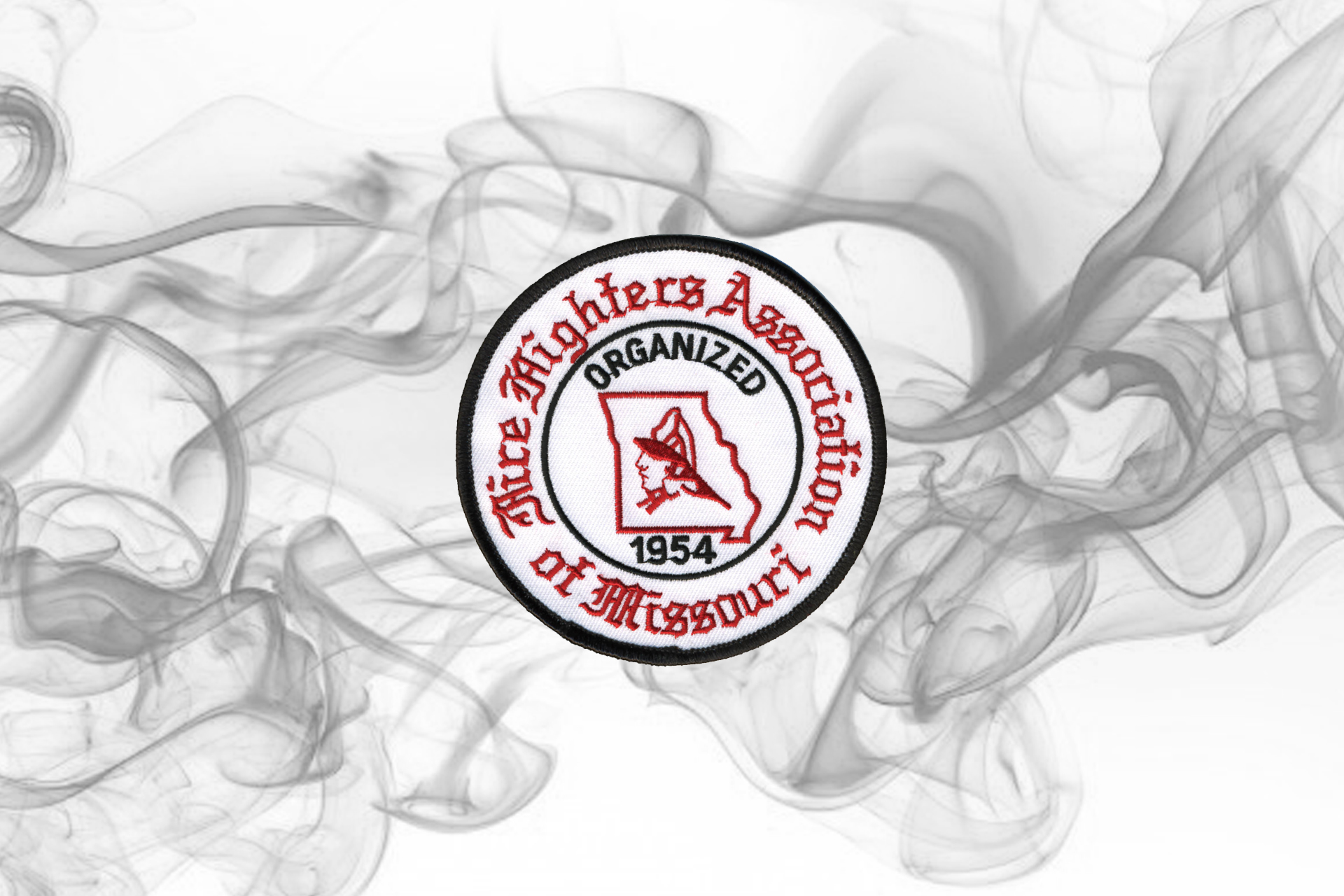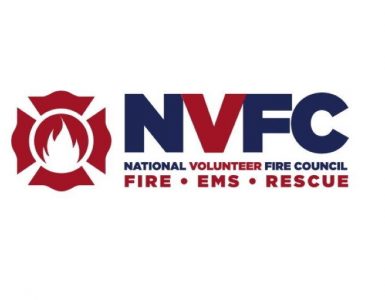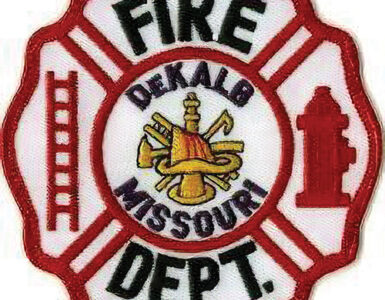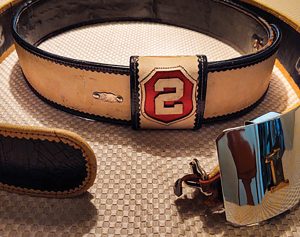 The United States Fire Service has a rich history and tradition that dates back to the early colonial days of the country’s founding. Because of its traditions, the fire service has been joked about by saying it is: “150 years of tradition, unimpeded by progress.” This saying was even seen on a sign hanging in the fictional fire station in the iconic fire movie, Backdraft. Although this statement is not true, the fire service mission has remained consistent, “the protection of life and property.” The preservation of our unique history and traditions is one way of maintaining the link to the past and honoring our predecessors who founded this venerated profession.
The United States Fire Service has a rich history and tradition that dates back to the early colonial days of the country’s founding. Because of its traditions, the fire service has been joked about by saying it is: “150 years of tradition, unimpeded by progress.” This saying was even seen on a sign hanging in the fictional fire station in the iconic fire movie, Backdraft. Although this statement is not true, the fire service mission has remained consistent, “the protection of life and property.” The preservation of our unique history and traditions is one way of maintaining the link to the past and honoring our predecessors who founded this venerated profession.
Today, many of our firefighters (volunteer and career) can be seen off duty wearing fire department T-shirts, hats, or other identifying logo wear that links them to their proud profession or avocation. These accoutrements identify the individual as a member of an elite group willing to bravely fight the ravages of fire and save lives. It is no wonder firefighters are proud to identify themselves as members of the fire service. Or, as a slightly cynical old-time firefighter once said, “been there, done that, got the t-shirt to prove it.” However, this prominent wearing of fire service logo wear is not a recent occurrence.
In the early days of the nation’s fire service, volunteer firefighters liked to wear accoutrements or a type of uniform to show they were civic-minded and members of the local fire company. Some examples of this include the wearing of red, or colors representing the fire company, bib shirts, similar to military or cavalry shirts of the time. For community parades, firefighters liked to show off not only their highly decorated fire pumps or engines, but they also wanted to don appropriate dress wear for the occasion. Besides bib shirts, they might wear fancy painted leather parade hats, and later the iconic Gratacap style fire helmet which eventually became known as the New Yorker style. Over time an additional piece of decorative uniform regalia became a must-have for many firemen, the “Fireman Parade Belt.”
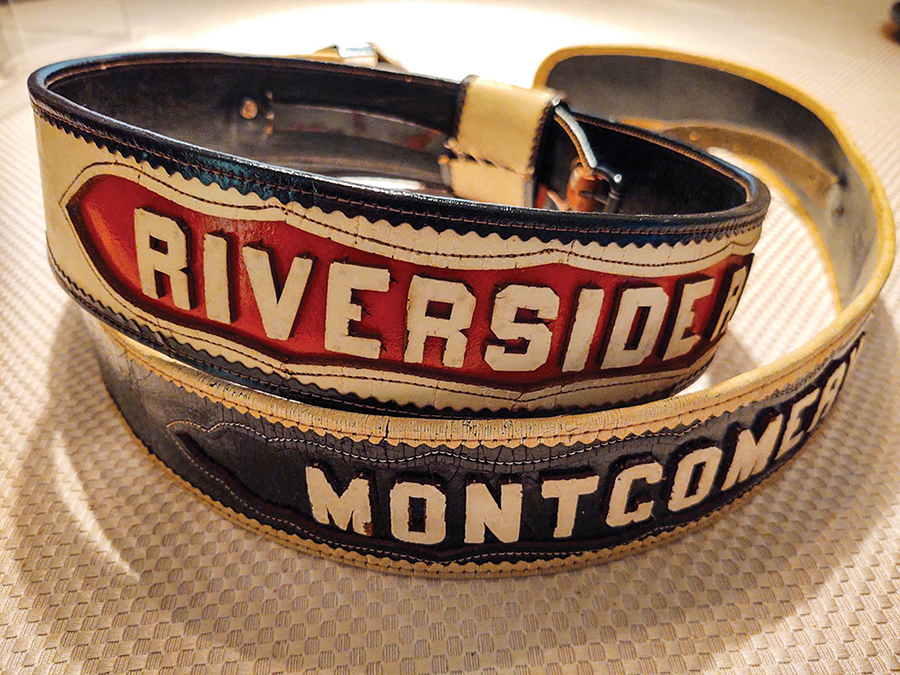
Starting in about the 1850s to 60s, firemen, especially volunteers, developed a unique way of displaying their affiliation with the fire service during ceremonies, parades, and special events. In addition to perhaps wearing their iconic leather fire helmet and red bib shirt, firemen came up with decorative leather belts distinctive to the fire service. Early ambrotypes and daguerreotypes photographic plates of the period show fireman posing in their uniform regalia wearing various types of these ornate belts.
The first fireman parade belts were wide plain leather belts with ornate buckles on them to represent the fire company. As most fire departments had their in-house leather and harness craftsmen, they were probably easily made in-house or through local artisans.
Some purported history sources relate the development of these decorative uniform belts as being linked to returning Fire Zouaves from the Civil War in and around the New York area. Zouaves were Union volunteer troops that formed their own companies during the Civil War and came from primarily the New York area and many of them having been firefighters.
 However, research shows that the Washington Fire Company in Essex, CT had what resembled classic fireman parade belts as early as 1846, before the Civil War.[i] Other reports link the development of the belts as originally coming from Pennsylvania around the Philadelphia area. It appears in the ongoing development of the parade belt that each fire company or artisan tried to one-up the other. The name of the fire department was painted on the back as an enhancement. From this, more elaborate belts were crafted.
However, research shows that the Washington Fire Company in Essex, CT had what resembled classic fireman parade belts as early as 1846, before the Civil War.[i] Other reports link the development of the belts as originally coming from Pennsylvania around the Philadelphia area. It appears in the ongoing development of the parade belt that each fire company or artisan tried to one-up the other. The name of the fire department was painted on the back as an enhancement. From this, more elaborate belts were crafted.
Over time fire equipment manufacturing companies like Cairns and Brothers, who partnered with Henry Gratacap to manufacturer the iconic New Yorker style fire helmet, developed and sold fireman parade belts commercially. The Cairns and Brothers belts were a similar design to the ones already prominent in the United States. Cairns belts can be identified by a small metal “Cairns & Bro” tag riveted to the outside of the belt. The rivets that hold the tag also hold the interior belt tongue that is hidden by the “cuff” buckle.
The belt was traditionally composed of leather, and about 2 ¼ inch width with a unique small inner fastening buckle and larger decorative slide over leather “cuff” buckle in front. The later made belts traditionally had a recessed sewn panel at the back of the belt that contained leather cutout letters spelling out the individual’s rank (Chief, Foreman, Fireman) or the name or initials of the fire company with which they were affiliated. Some belts included decorative designs and scalloped leather trim. The color of the belt and trim varied depending on the rank, department colors, or personal preferences. The interior of the belt was most commonly lined with a tarred canvas or hemp/cotton fabric to help strengthen and form a base for constructing the belt. Some variants had a supple thin leather lining instead of canvas.
Though the fireman parade belt primarily became prominent with fire companies and departments in the northeastern U.S., examples have been found throughout the country. The belts were one piece of fireman personal equipment that was not for use during fires, it was ornately designed and worn strictly as a dress uniform regalia for ceremonial functions. They were popular from about the 1850s to the early 1900s.
Today, original fireman parade belts are considered rare, desirable artifacts by fire service veterans and collectors of fire service memorabilia. There have also been some leather artisans in recent years who resurrect the parade belt by handcrafting replicas of these historic and venerated items. Most fire museums have at least one antique fireman parade belt on display in their collection to remember this historic period and honor the everlasting and glorious traditions of the fire service.
[i] Essex Firefighters Rediscover Important Historical Objects, Shore Publishing, Elizabeth Reinhart/ZIP06.COM, September 9, 2020.


